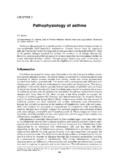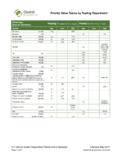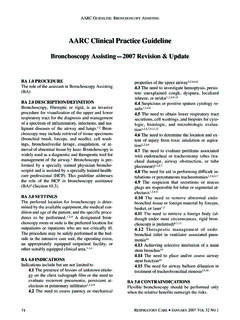Transcription of ISSN: 2319-7706 Volume 5 Number 5 (2016) pp. 84-89
1 (2016) 5(5): 84-89 84 Original Research Article A Tale of Two Novel Proteus Species-Proteus hauseri and Proteus penneri K. Ostwal1*, P. Shah2, L. Rebecca2, N. Shaikh2 and K. Inole2 1 GMC, Akola Maharashtra, India 2Dr. Vaishampayan Memorial Government Medical College, Solapur, Maharashtra, India *Corresponding author A B S T R A C T Introduction The genus Proteus along with genus Providencia and Morganella belongs to the tribe Proteae of the family Enterobacteriaceae. (Nita Pal et al.)
2 , 2014) Hauser first noted the swarming nature of the organisms and divided the strains into the two species based on the speed of their ability to liquify gelatin: P. vulgaris liquefies gelatin rapidly, and P. mirabilis does so more slowly . (Hauser, 1892) Hauser also described Proteus zenkeri, which neither swarmed nor liquefied gelatin, but he rescinded this particular finding 7 years later .The genus Proteus currently consists of four named species ( , , , ) and four unnamed genomospecies Genomospecies 3 was named Proteus hauseri to honor Gustav Hauser, the German microbiologist, who first described the genus.
3 (Caroline Mohr O'Hara et al., 2000) In 1982, P. vulgaris biogroup 1 (genomospecies 1) was named Proteus penneri and was distinguished by its negative reactions for indole production, salicin fermentation and aesculin hydrolysis. The remaining two biogroups were both positive for indole pro- duction. However, International Journal of Current Microbiology and Applied Sciences ISSN: 2319-7706 Volume 5 Number 5 (2016) pp. 84-89 Journal homepage: The present study reporting two different cases of two new Proteus species- Proteus hauseri and Proteus penneri isolated from two different patients.
4 One case reports a one month old male child with history of diarrhoea since six days. His stool sample was send for microbiological examination and the second case is of Ante natal care patient with urinary tract infection whose urine was send for microbiological examination. Both of these isolates showed Non lactose fermenting colonies. There was no swarming on Blood agar. Biochemical reactions revealed Proteus and both of these isolates were sent for further identification to National Chemical Laboratory, Pune for further identification.
5 First isolate was identified as Proteus hauseri and second one as Proteus penneri. Both the patients were treated successfully with meropenem and were discharged few days later. As per our knowledge, this is the third case of Proteus hauseri and few cases of Proteus penneri have been reported so far. So, hereby we are presenting with two cases of novel species of Proteus. Both of these species are very rare and as there was no swarming on blood agar these isolates may be misdiagnosed. K e y w o r d s No swarming motility, Proteus hauseri, Proteus Penneri.
6 Accepted: 08 April 2016 Available Online: 10 May 2016 Article Info (2016) 5(5): 84-89 85 biogroup 2 (genomospecies 2) was positive for salicin and aesculin and biogroup 3 was negative for salicin and aesculin. (Caroline Mohr O'Hara et al., 2000) Proteae are widespread in the environment and make up part of the normal flora of the human gastrointestinal species are among the commonly implicated pathogens in hospital as well as community acquired infections. (Patrick Kwame Feglo et al.)
7 , 2010) This pathogen has a diverse mode of transmission, and hence can cause infection in different anatomical sites of the body. Some of the incriminating sources of transmission are soil, contaminated water, food, equipments, intravenous solutions, the hands of patients and healthcare personnel Proteus ranks third as the cause of these infections, particularly in hospital-acquired cases. P. mirabilis accounts for approximately 3% of nosocomial infections in the United States (Centers for Disease Control and Prevention, 1996) and is commonly isolated in clinical microbiology laboratories.
8 Both P. mirabilis and P. vulgaris are widely distributed in the environment with reservoirs in soil, water, sewage and feces and have been isolated from the intestinal tract of mammals, birds and reptiles. Proteus penneri has been isolated from a Number of diverse clinical sites, including abdominal wounds, urine, bladder calculi, epidural ulcers, bronchoalveolar lavage fluid, stool and infected conjunctiva. (Krajden et al., 1987) Indole negative Proteus species are invariably incorrectly identified as Proteus mirabilis, often missing out isolates of Proteus penneri.
9 The urease enzyme of P. penneri is also believed to be a leading cause of kidney stone formation. (Pearson et al., 2008) Very few case reports of Proteus penneri have been reportd so far. And only one case report of Proteus hauseri by Caroline O Hara has been reported. We are hereby reporting case reports of these Proteus species. Materials and Methods Clinical profile of patient was recorded. Samples were subjected to microscopy, culture and antibiotic susceptibility testing according to Kirby Bauer disk diffusion method using disk of Hi- Media laboratories, Mumbai.
10 Case 1- A month old boy was brought by his parents with complaints of passing loose stools 8-10 times a day since 6 days. He had fever, persistant cry and was unable to accept feeds. There was no neck stiffness and other symptoms of meningitis. The baby was full term, born by caesarean section. His stool sample was send to microbiology department for Hanging drop, wet mount and culture. Grossly, the stool was liquid, mucoid, greenish, non blood stained and was adherent to the container.
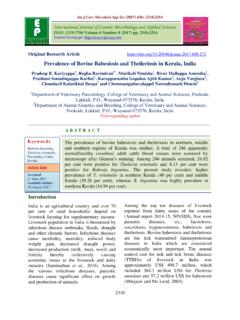
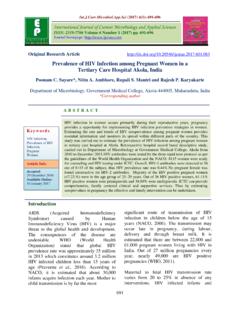
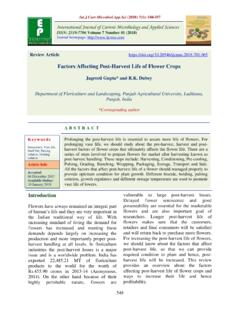

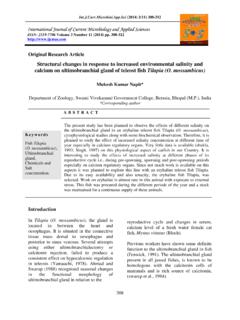
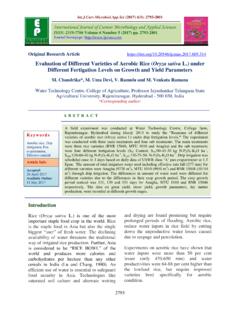
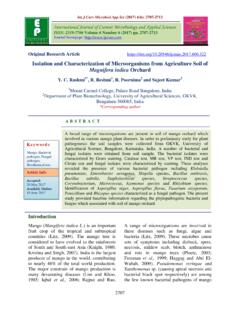
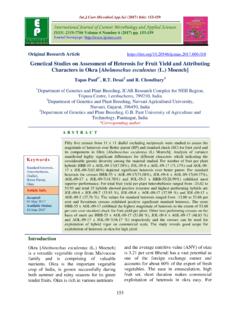
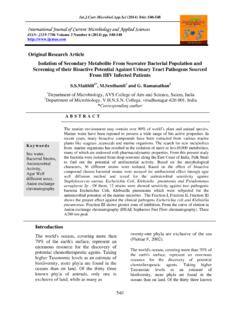


![Pneumonia (Ventilator-associated [VAP] and non …](/cache/preview/d/3/6/5/6/9/b/6/thumb-d36569b6dc8a7d8c6714d2f268ee79b7.jpg)
